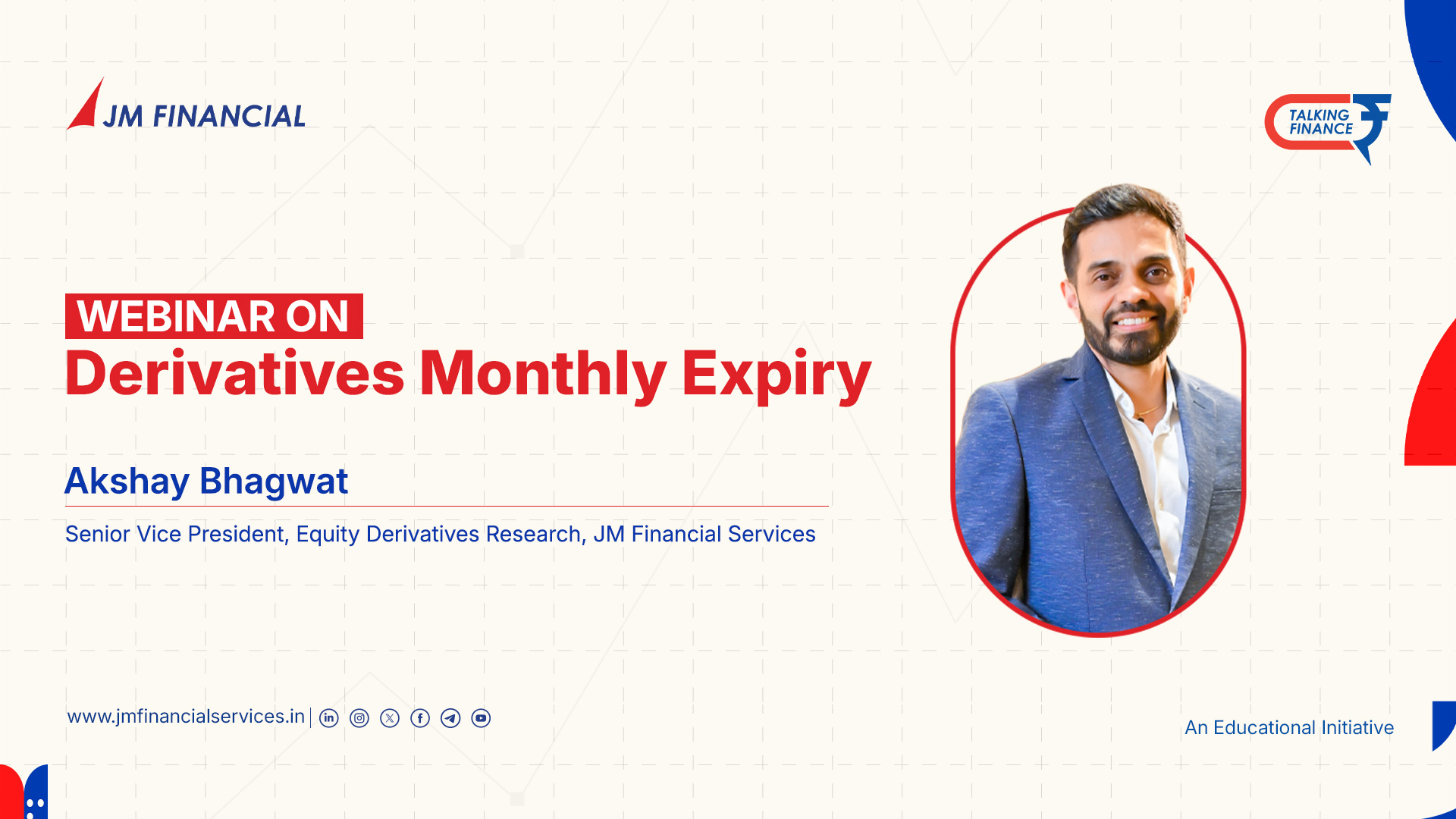Understanding Gap Up and Gap Down in Stock Market
If you've ever opened a stock chart in the morning and noticed a sudden jump—or drop—in prices with a blank space in between, you've just spotted a gap. These “gap up” or “gap down” movements happen more often than you'd expect and can tell you a lot about market sentiment.
Let’s break it all down in a way that actually makes sense—even if you’re not a full-time trader.
What Do We Mean by “Gap” in the Stock Market?
A gap occurs when a stock opens at a significantly higher or lower price than where it closed the previous trading day. This creates a “gap” in the price chart—hence the name.
There are two types:
- Gap Up: The stock opens higher than yesterday’s close.
- Gap Down: The stock opens lower than yesterday’s close.
These gaps often result from after-market news, earnings reports, global events, or market sentiment changes that occur while the markets are closed.
🚀 What Is a Gap Up?
Imagine Stock A closed at ₹500 on Tuesday. On Wednesday, it opens at ₹540. That ₹40 jump creates a “gap up.”
Why does it happen?
- Positive news (strong earnings, favorable government policy, etc.)
- Global cues (rally in US/Asian markets)
- High demand from investors in pre-market trading
A gap up usually signals bullish sentiment, meaning traders are optimistic about the stock’s future.
📉 What Is a Gap Down?
Now let’s flip it.
If Stock A closed at ₹500 and opened at ₹460 the next day, we’ve got a gap down.
Reasons?
- Poor earnings report
- Negative news or global events
- Broad market sell-off
This typically suggests bearish sentiment, showing fear or uncertainty among investors.
🔄 Do These Gaps Always Hold?
Not always.
Sometimes the stock continues in the direction of the gap (this is called a gap continuation). Other times, the stock reverses direction and “fills the gap”—meaning it comes back to the previous closing price.
Gap Filling happens because:
- Initial reaction was overdone
- Traders take profits
- Sentiment changes quickly
Experienced traders often look to trade the gap itself—buying or selling depending on whether they expect the gap to continue or reverse.
📊 Types of Gaps
Understanding gap ups and gap downs isn’t just about direction. There are actually several kinds of gaps that tell different stories:
1. Common Gaps
These are small and happen due to normal supply and demand imbalances. They usually get filled quickly.
2. Breakaway Gaps
Occur at the end of a price pattern and signal a new trend. They often happen with high volume.
3. Runaway Gaps (Continuation Gaps)
These show strong interest in the direction of the current trend. Think of them as a “second wind” for a stock rally or drop.
4. Exhaustion Gaps
These appear near the end of a trend and may signal that the trend is running out of steam.
How Traders Use Gap Analysis
Traders pay close attention to gaps because they often lead to short-term trading opportunities.
Here's how they use them:
- Gap Up with High Volume = possible continuation, good entry point
- Gap Up with Low Volume = possible reversal, proceed with caution
- Gap Down with Panic Selling = contrarian opportunity (buy the dip)
But remember: context is everything. A gap during earnings season may mean something very different than a gap after a global event.
📈 Real Example of a Gap Up
Let’s say Infosys announces better-than-expected earnings after market hours. The next morning, the stock opens 5% higher than the previous close. That’s a gap up—driven by solid fundamentals.
If trading volume is high and positive sentiment continues, this gap might not fill for days—or even weeks.
📉 Real Example of a Gap Down
Now imagine a global crisis hits overnight. When markets open the next day, Nifty 50 stocks fall across the board. A company like Tata Steel could open 3% lower due to panic selling—even if nothing’s wrong fundamentally.
This is a gap down triggered by macro fear, and in many cases, prices rebound once the dust settles.
💡 Should Long-Term Investors Worry About Gaps?
Not really.
If you’re investing for the long haul (say, 5–10 years), daily gaps should not influence your strategy too much. They’re more useful for:
- Short-term traders
- Swing traders
- Intraday scalpers
But gaps can still help you understand how the market reacts to news—and that knowledge is always valuable.
🛡️ Risks of Trading Gaps
While gaps can offer opportunities, they’re not foolproof.
Key Risks:
- False Breakouts: A gap might start strong but fade quickly
- Slippage: Fast-moving prices can lead to worse-than-expected fills
- Whipsaw Moves: Volatility post-gap can trigger stop-losses too early
Use technical indicators (like volume, RSI, or Bollinger Bands) to support your analysis.
📌 Final Thoughts
Gap up and gap down movements might seem like random market chaos at first glance. But look closely, and you’ll see patterns driven by psychology, sentiment, and news.
Whether you’re a beginner just learning charts or a seasoned trader looking to refine your edge, understanding these gaps can help you better time your trades—and avoid common traps
- PAN Card
- Cancelled Cheque
- Latest 6 month Bank Statement (Only for Derivatives Trading)





